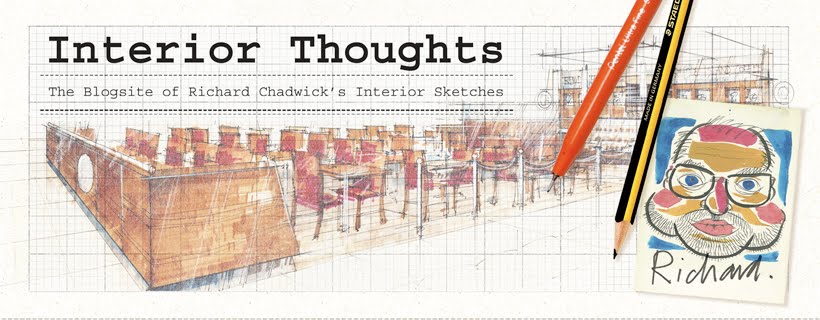.....Cultural Differences Part One...........Having worked for most of my life within the Leisure Industry and having more than a passing interest in the history of buildings - I initially trained to be an architect - it is no surprise that a lot of my books at home concern themselves with my fascination for buildings . Their construction , their history , their decoration , their setting for works of art ; architectural plans exist to be read as coded sources of information , unlocking the past and the present and forecasting a future , both possible and alternative .......................
Imagine my surprise and intrigue , then , when in Paris just after the new year , I came across ' Maisons Closes Parissienes ' by Paul Teyssier in a bookshop; expensively bound in red suede with a key-hole cut out on the front cover , it tells the history, no less, of a selection of Parisien brothels during the 1930s.
This is a fascinating book - for all the fact that I can only read French very slowly , the language of architectural plans and drawings is universal . The history of individual establishments is illustrated in detail , complete with copies of working drawings, and it hadn't occurred to me that these buildings would require planning and working layouts much as any other type of leisure establishment. The day to day practicality of the businesses - bills for work, permits, advertising cards and promotional literature - are all illustrated , an interesting counterpoint and antidote to the more romantic Hollywood vision of 'Moulin Rouge '. The establishments are fully integrated into the artistic movements of the times - the spread below shows a shop-front very much in the Art Nouveau mode - and a section at the end of the book records in colour those remnants of these premises that can still be seen today . A fascinating record of a part of architectural history that generally goes totally unrecorded.
Given both the specifically French subject matter and the production costs of the book , I would think it unlikely that it will find both a translator and a publisher in the UK . A pity in my opinion , as in a month that has seen the university town of Cambridge , with all its ' learned institutions ' , refuse a license for a ' burlesque ' club on the grounds of moral impropriety , this book serves as a timely reminder that for all the advent of the ' Global Electronic Village ' and the fact that Paris is now only a train ride away , the cultural differences between the English and the French remain as great as ever.
Vive la Difference .










